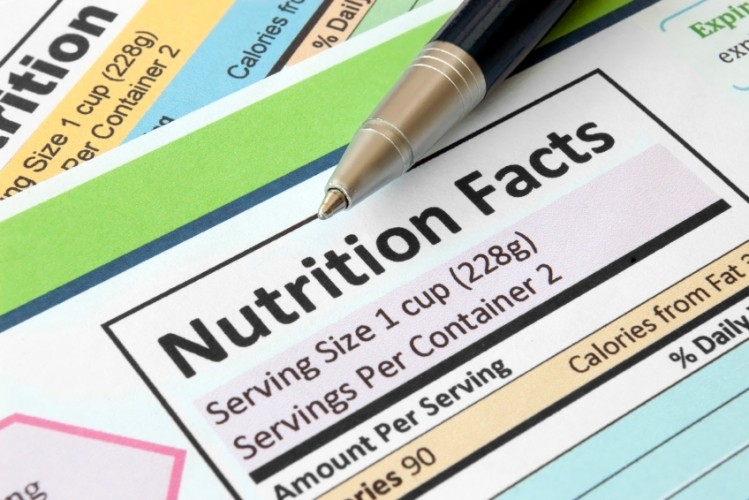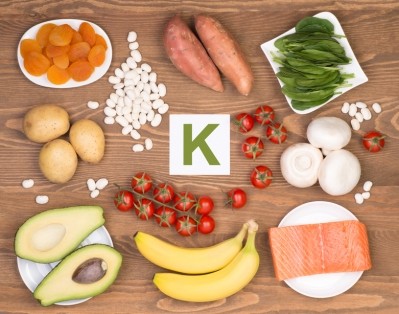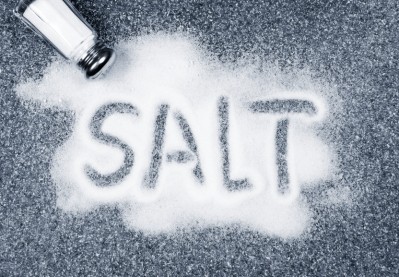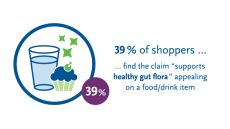Near zero compliance with WHO sodium and potassium guidelines

A comparative study involving at least 16,000 participants found compliance with the upper bounds of WHO guidelines for sodium and potassium to be as low as 0.15% in Mexico, 0.3% in the USA and 0.5% in France. The UK had the lowest levels of compliance of all four countries with 0.1%.
WHO guidelines recommend consuming less than 2000 mg sodium and at least 3510 mg potassium per day.
The researchers, who published their findings in the British Medical Journal, said that the results “illustrated the complexities of translating science into public policy”.
“Given prevailing food consumption patterns and the current food supply, implementing WHO guidelines will be an enormous challenge for global public health,” they said.
Reformulation for sodium – but not potassium
The researchers said that processed foods, including breads, cereals and grains, make up the majority of sodium intake in the UK and France and pointed to cheese and processed meat as large contributors in north America.
“ [In light of] the surprisingly low levels of compliance with global goals, it is clear that purely educational and individual-level approaches to sodium reduction are unlikely to be successful,” the study said.
“… Reducing sodium in the food supply through thorough reformulation of processed and packaged foods, as well as by making parallel efforts to reduce the sodium content of foods prepared away from home, are the most promising strategies to reduce population-wide sodium exposure.”
However, they noted that frequency of consumption – rather than sodium density per serving or per calorie – was the most important determinant in population-wide sodium reduction. This meant that reformulation efforts should focus on the largest sources of sodium population-wide, such as bread, rather than the most sodium-rich products.
Lead researcher Adam Drewnowski from the University of Washington said the fact that sodium and potassium were often found in the same foods was problematic.
"The problem is that sodium and potassium are found in many of the same foods. Milk has sodium in it, so if you want to reduce your sodium intake you can drink less milk. But milk also has potassium, so if you want to increase your potassium intake, you have to drink more milk,” hesaid.
“So you cannot have a recommendation that tells you to reduce the amount of sodium you eat by two thirds and to double the amount of potassium you take in."
However, the study said that reformulation was not suitable for increasing potassium intake and so efforts should focus on eating more potassium-rich sources such as beans, dark green vegetables, dried fruit or fish.
The researchers also used a US food price database to compare the cost of high potassium and sodium diets with diets low in the nutrients. They found that increasing potassium intake could be more expensive but that low sodium levels could be achieved in a cost neutral manner.
Data was obtained from ANSES in France, the National Health and Nutrition Examination in the US, the UK’s National Diet and Nutrition Survey and a 2012 Mexican survey, Encuesta Nacional de Salud y Nutrición.
Drewnowski et al. called the data the best source of information on the dietary habits of a large and nationally representative sample for each country, although they noted that sodium values did not include table salt added during the meal.
The WHO'S recent nutrient profiling was welcomed by public health policy-makers for blocking the marketing of certain 'unhealthy' foods, such as high-sugar breakfast cereals, to children - but food industry experts said that such action was unlikely to spur reformulation.
Source: The British Medical Journal Open
Published online 20 March 2015 doi:10.1136/bmjopen-2014-006625
“The feasibility of meeting the WHO guidelines for sodium and potassium: a cross-national comparison study”
Authors: A. Drewnowski et al.



























